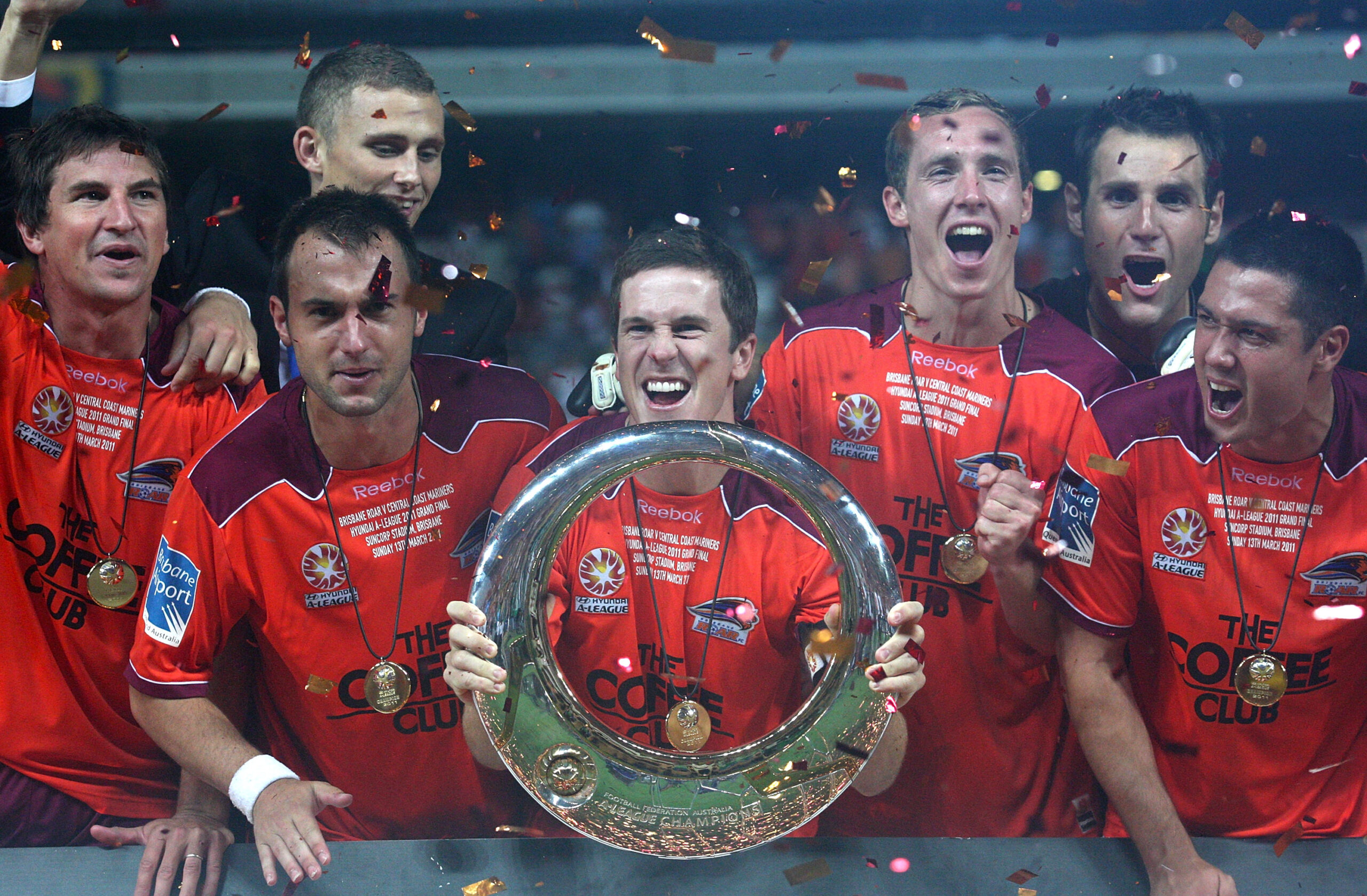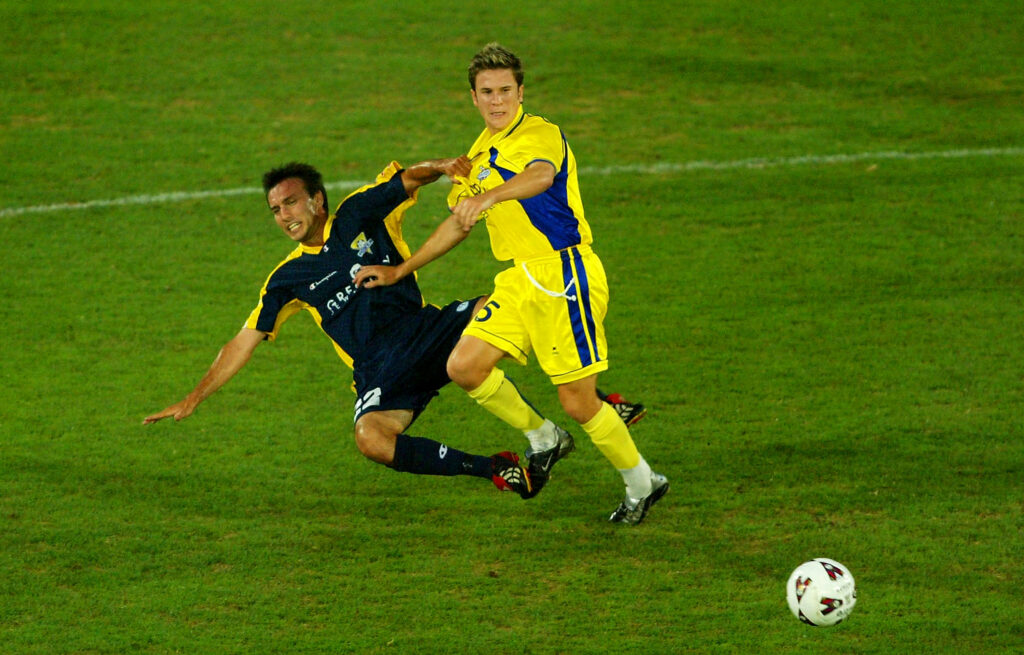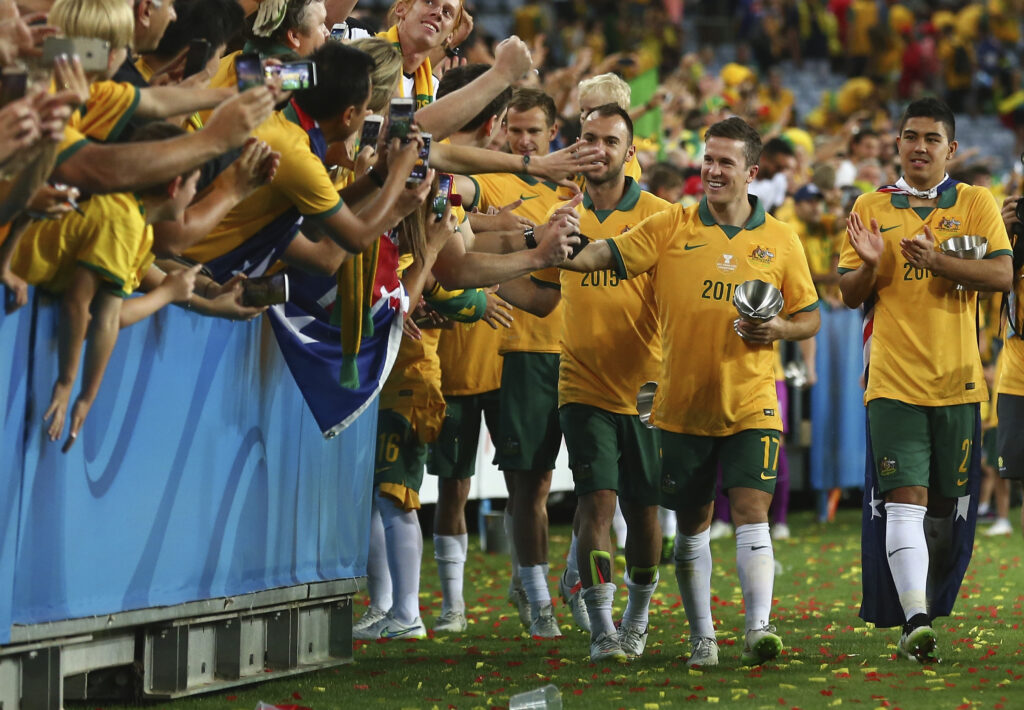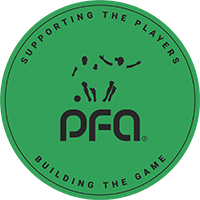As the A-League Men approaches its 20th season in 2024/25, the PFA chats with influential figures from across the first two decades of the competition.
Across 19 seasons of the A-League Men, the competition has witnessed several dynasties.
But none captured the attention and the football zeitgeist quite like Brisbane Roar in the early 2010s.
Led by Ange Postecoglou, ‘Roarcelona’ as they were coined, ran roughshod through their opponents, winning two A-League Men Championships, setting an Australian record 36 game unbeaten streak and playing a revolutionary brand of football.
Central to the beginning of their rise to stardom was Matt McKay, who had a front row seat to Brisbane’s dominance.
“Ange is obviously a massive factor to that, but him getting support from the club and getting an opportunity was vital,” McKay, a former PFA President, tells pfa.net.au.
“But we had good teams under Frank Farina before that, where we should have won titles as well. But I put it down to creating a really, really good environment. Brisbane are good at that… having a lifestyle here where you’re happy with life, and the weather’s great… if you find that we have a good training venue and a good team environment, and all the ingredients are there, and then put a couple of good managers in it really helps as well.
“So it was great times. It’s a great feeling when you go out and you actually don’t think you’ll lose and you go out each game and you know you’re going to win.”
McKay played a key role in Brisbane’s first ever A-League Men Championship in 2011, helping his side come from two goals down in extra time to beat Central Coast Mariners on penalties, in what is remembered as one of the greatest Grand Finals in competition history.

McKay departed shortly after to sign for Scottish giants Rangers, and then Korean outfit Busan IPark, before returning in the 2013-14 season to help Mike Mulvey’s Roar secure a third Championship in three years.
McKay’s experiences at the Roar more than just encompass the halcyon era of the early 2010s, but also the turbulent days before the A-League launched in 2005.
“Initially there was the excitement and a bit of trepidation (before the A-League launched), from starting a new league, closing down the old National Soccer League, which I played in, and the beginning of completely new teams and a new concept,” McKay said.
“Personally, it was a weird time. I missed a year of football at the age of 20, where it’s a pretty crucial time (for development).
“I was at Brisbane Strikers. I played 51 games for them, and obviously they were vying for a spot in the A-League as well. I was a massive Strikers fan growing up, season ticket holder when they won in ’97 with Frank Farina and Rod Brown up front.“I ended up playing some games in the local league down at East, but I was pulling beers for the Strikers and helping answer the phones! It was devastating when they missed out on an (A-League) license.

“It was a weird stage, but I kept fit. You’re still young, so I trained and was ready when that opportunity came at Brisbane Roar.
“Some people liked it and some people didn’t. But what I’ve seen over the years is that people have really grown the history of these clubs, and these clubs now, some of them are 20 years old. So they tried to build the community.
“At Brisbane we did a lot of work out in the community, building the brand and getting amongst fans. But like anything over time, it changes a bit. We’re very fortunate we had success as well. So success brings great interest in the game and that’s been the most enjoyable parts of that as a player.”
McKay’s success at Roar and in the new competition put him on the radar of national team selectors. He soon after became an integral part of the Socceroos squad, playing 59 times winning the 2015 AFC Asian Cup on home soil, and going to both the 2011 AFC Asian Cup and 2014 FIFA World Cup.
“Being in the A-League, it was just a bit more professional at my club and more pressure than other clubs,” McKay said.
“It provided that complete kind of package for a young footballer. I was 21 when the league started, and I did a fair bit of time (in the A-League) before I was actually in the Socceroos.”It took a bit of luck and to be under Ange Postecoglou and Holger Osieck, a Socceroos manager who believed in giving anyone a chance wherever they’re from, it led on to more and more people making the Socceroos from the A-League.”

Now, years after his retirement, McKay is still strongly involved in the game, sitting on the board of Football Queensland and on the PFA Board of Trustees.
He fully understands the challenges and opportunities the state faces as it looks to grow the game, particularly from an infrastructure point of view, but also when it comes to participation.
“[The future] is about building infrastructure, and giving as many opportunities to as many kids as we can, and that is (linked to) improving facilities,” he said.
“Players or kids, they want the good fields, they want to be out and be able to play all year round and we want to provide those opportunities. We are working extremely hard with government – locally and federally – to get the facilities upgraded.
“There’s massive growth in Queensland since the Women’s World Cup, not only in women’s football, but in men’s football as well. So we’re going to need to deal with that increase in numbers. And that’s more referees, more coaches, more coaching clinics to get better coaches, and obviously facilities to be able to handle all those players.
“I know [in] Brisbane, we’re crying out for a new stadium maybe like a Central Coast Stadium in Brisbane, or a Hindmarsh Stadium in Brisbane would be fantastic.”
As for where he hopes to see the A-Leagues grow in the years ahead?
“The good thing about the A-League now is there is a mammoth of opportunities for young players and we’re seeing that. Adelaide is a great example of promoting youth, and they’re doing really well. Central Coast, obviously a great example as well and these guys are going overseas.
“If we can get more participation, then we have more players getting exposed to A-League earlier, and they will go overseas. And I guess when that starts happening, then the Socceroos are going to get better as well.
“I don’t like people talking down about the standard A-League. I really enjoy watching games, and I was very privileged to be able to vote on the Johnny Warren Medal, so I watched a fair few games last season, and will continue to go to games this season.
“If people get along to games I think people will be surprised that they’ll enjoy it. It’s a good product, and some good young players around so… people need to keep challenging the clubs to support players and get out in the community and build better facilities and… improve standards and facilities.”







